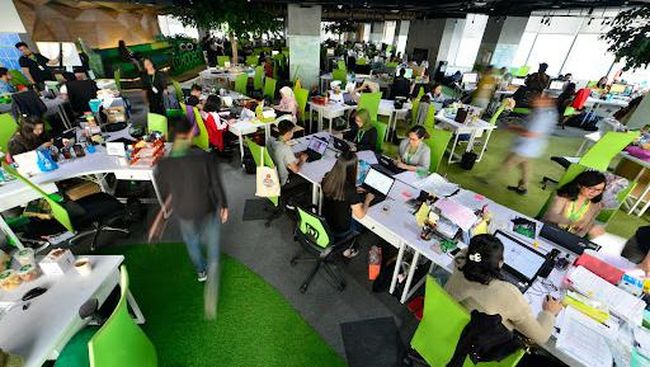The AACS system controls the orientation of the forty-five-year-old probe, which is the most distant object humanity has ever created. Among other things, it keeps Voyager 1’s antenna pointed precisely at Earth – allowing the satellite to send data “home”.
According to NASA, everything suggests that AACS is still working, but the telemetry data it returns is untrue and therefore meaningless. The data appears to be generated randomly or does not reflect any possible state that AACS may be in.
The probe is equipped with automatic systems that have to switch it to a “safe mode” in the event of a similar problem, in which it performs only the operations it needs to survive. This will give engineers on Earth time to solve the problem. However, none of these fuses have responded and Voyager is still in normal mode. The fact that the probe signal is still coming confirms that the antenna is in fact pointed correctly towards the Earth – only the probe probably doesn’t know that at all.
The team of engineers in charge of the probe will continue to monitor the signal closely. He doesn’t even know yet if the problem is in the critical AACS system itself, or if it comes from some other affiliate. NASA warns that until it better understands the nature of the problem, it cannot predict how long the spacecraft will still be able to collect and transmit scientific data – and thus function as it should.
–
Explorer too far away
Voyager 1 is currently 23.3 billion kilometers from Earth. It is so far that it takes light 20 hours and 33 minutes to cover this distance. Therefore, it takes about two days to send a message to Voyager 1 and receive a response; the mission team is used to this delay, but solving any problems makes it extremely difficult.
“Such a mystery is probably expected at this stage of the Voyager mission,” said Suzanne Dodd, Voyager 1 and 2 project manager at NASA’s Jet Propulsion Laboratory in Southern California. “The probes are almost forty-five years old, which is much more than the mission planners expected. In addition, they are already in interstellar space – in an environment with high radiation, in which no probe has flown so far. The team of engineers thus faces great challenges. But I think if there is a way to solve this problem with AACS, our team will find it, “she added.
It is also possible that the source of the anomaly will never appear and instead the probe will adapt to it in some way. If experts identify the problem, they may be able to solve it through software changes – or they could redirect the calculations to one of Voyager’s other hardware systems.
This would not be the first time the Voyager team has to rely on backup hardware. As early as 2017, it turned out that the main nozzles were worn out – so NASA activated another set of nozzles that the spacecraft originally used to fly around the planets. They worked perfectly, even though they were unused for 37 years.
–


